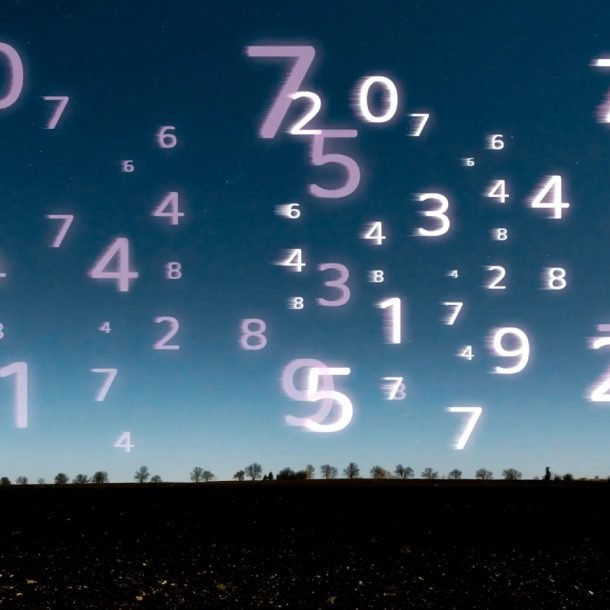
We often tell you that if you are short on time, you can guess intelligently on a few questions and move on. Today we will discuss what we mean by “intelligent guessing”. There are many techniques – most of them involving your reasoning skills to eliminate some options and hence generating a higher probability of an accurate guess. Let’s look at one such method to get values in the ballpark.
Question: A and B run a race of 2000m. First, A gives B a head start of 200m and beats him by 30 seconds. Next, A gives B a head start of 3 mins and is beaten by 1000m. Find the time in minutes in which A and B can run the race separately.
(A) 8, 10
(B) 4, 5
(C) 5, 9
(D) 6, 9
(E) 7, 10
Now, what if we had only 30 seconds to guess on it and move on? Then we could have easily guessed (B) here and moved on. Actually, the question implies that the only possible options are those in which the time taken by B is somewhere between 3 mins and 6 mins (excluding) – we would guess 4 mins or 5 mins. Since only option (B) has time taken by (B) as 5 mins, that must be the answer – no chances of error here – perfect! Had there been 2 options with 4 mins/5 mins, we would have increased the probability of getting the correct answer to 50% from a mere 20% within 30 seconds.
Now you are probably curious as to how we got the 3 min to 6 min range. Here is the logic:
Read one sentence of the question at a time –
“A and B run a race of 2000m. First, A gives B a head start of 200m and beats him by 30 seconds.”
So first, A gives B a head start of 1/10th of the race but still beats him. This means B is certainly quite a bit slower than A. This should run through your mind on reading this sentence.
“Next, A gives B a head start of 3 mins and is beaten by 1000m.”
Next, A gives B a head start of 3 mins and B beats him by 1000m i.e. half of the race. What does this imply? It implies that B ran more than half the race in 3 mins. To understand this, say B covers meters in 3 mins. Once A, who is faster, starts running, he starts reducing the distance between them since he is covering more distance than B every second. At the end, the distance between them is still 1000m. This means the initial distance that B created between them by running for 3 mins was certainly more than 1000m. Since B covered more than 1000m in 3 mins, he would have taken less than 6 mins to cover the length of the race i.e. 2000m. A must be even faster and hence would take even lesser time.
Only option (B) has time taken by B as 5 mins (less than 6 mins) and hence satisfies our range! So the answer has to be (B).
In another post, we will look at the detailed method to see how to actually solve it.

Founder, sole curriculum creator and webinar instructor for ANA PREP, Karishma has been working in the test prep industry for almost 20 years now, of which 15+ are in GMAT exam preparation. She is an expert of Quant, Verbal and Data Insights and is known for her simple and elegant solutions. Her venture, ANA PREP, is one of the best GMAT online coaching platforms. Contact her at karishma@anaprep.com
Learn how to approach time-speed-distance (TSD) questions logically when equations fall short. – https://anaprep.com/arithmetic-when-math-fails-you-in-tsd/
Discover intuitive methods to solve TSD problems on the GMAT without using variables and equations. – https://anaprep.com/arithmetic-time-speed-distance-without-equations/